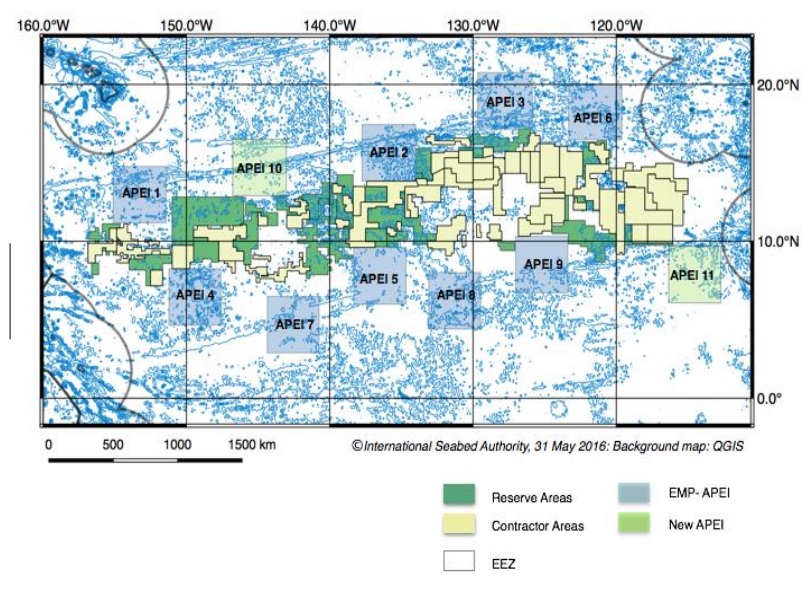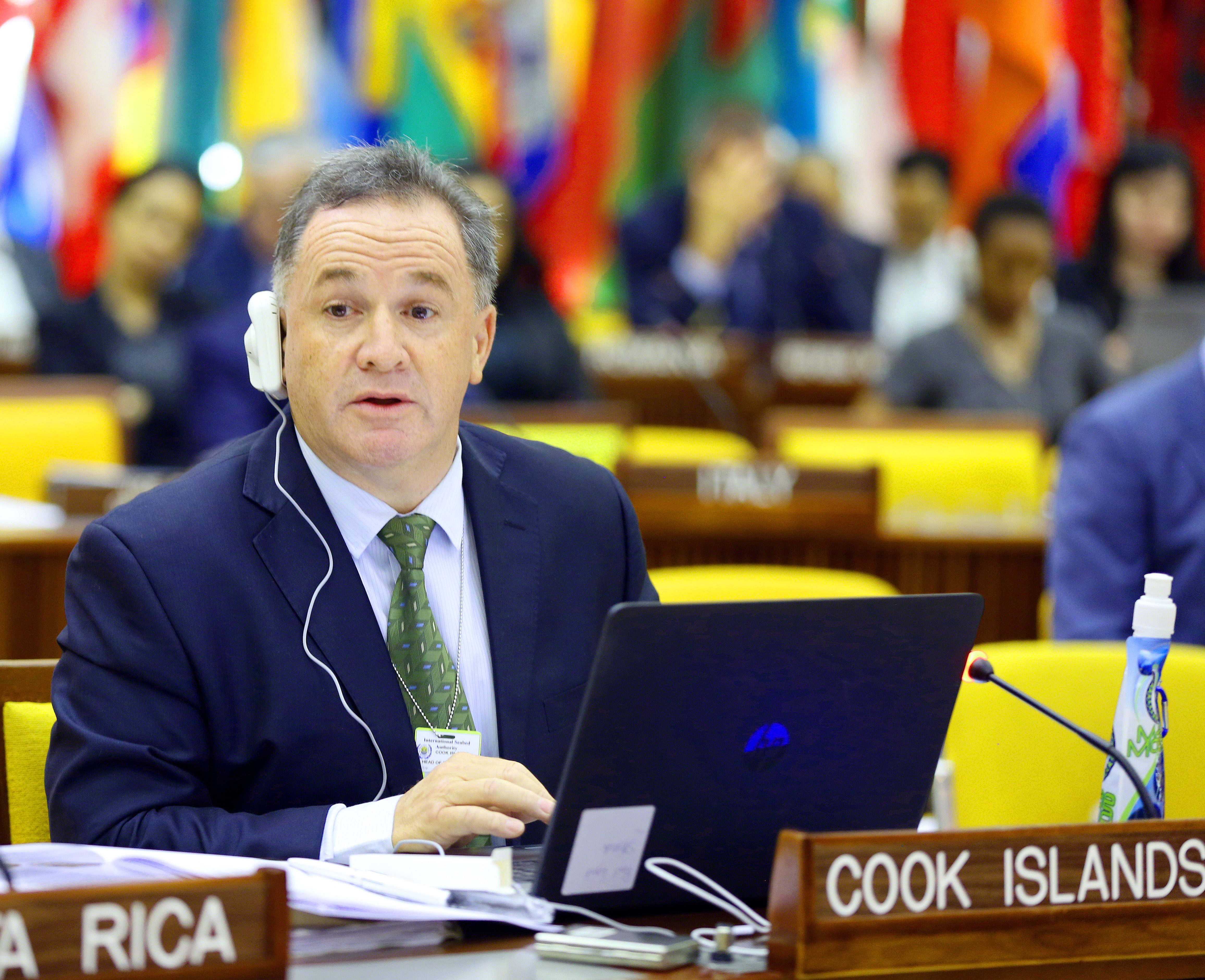As deep-sea mining creeps towards production and the International Seabed Authority works diligently to produce a comprehensive Mining Code for exploitation in the Area, stakeholders from across the spectrum are racing to answer one question: how do we predict, assess, manage, and mitigate environmental harm in the deep sea beyond national jurisdiction? Increasingly, regulators, contractors, scientists, and NGOs are circling around a similar solution–Regional Environmental Management Plans, or REMPs.
Two major REMPs meetings were or are being held in the final quarter of 2019. The International Expert Workshop: Towards a standardised approach to Regional Environmental Management Plans in the Area, co-sponsored by Pew Charitable Trusts and the governments of Germany and the Netherlands occurred last week in Hamburg, Germany. The ISA sponsored First Workshop on REMP for the Area of the Northern Mid-Atlantic Ridge will occur next week, from 25-29 November 2019, in Evora Portugal.
The accelerating focus on Regional Environmental Management Plans could leave new stakeholders confused and wondering what exactly is a REMP and why are they so important to the future of deep-sea mining.
A Regional Environmental Management Plan is a policy instrument that sets guidelines for a new mining venture and establishes the region specific objectives and management tools for potential mining operations. REMPs define conservation areas within a mining region that create networks on “no-mining” zones which act as set-asides to preserve both habitats and ecosystems representative of those being impacted by mining, as well as ecosystems of particular environmental concern.
REMPs also outline the methods by which a deep-sea miner monitors and manages their mining prospects, collects and reports data, and establishes environmental baselines. And, of course, these environmental management plans need to be explicitly tailored to specific regions of the seafloor.
Though REMPs are regional in nature, there is a strong push by NGOs, member states, and contractors, to include a broad mandate for REMPs within the final mining code to ensure that no deep-sea mining can be conducted in the Area without first establishing a Regional Environmental Management Plan.
Because REMPs can apply to larger regions than a single contractor can claim, REMPs also present a valuable opportunity for collaboration among stakeholders, some of whom may otherwise be in direct competition. A single REMP can cover an area that extends over numerous mining leases, ensuring that environmental protections apply throughout an entire mining region, rather than exclusively to individual mining leases.
The International Seabed Authority has so far approved a single Regional Environmental Management Plan for polymetallic nodule fields in the Clarion-Clipperton Zone. Approved in 2012, this REMP initially created a network of nine Areas of Particular Environmental Interests–areas protected from mining–extending across the CCZ. Two additional reference zones were added in 2016 to help better assess the impact of deep-sea mining, and the CCZ REMP is once again under review at the end of this year in order to incorporate new data from the last decade of studies into the REMP’s design.
The next few years will see several new REMPs under development by the ISA, including seafloor massive sulphides along the Northern Mid-Atlantic Ridge, cobalt-rich crusts on western Pacific seamounts, and of course the revised REMP for the Clarion-Clipperton Zone. This adaptive, iterative approach allows for a management regime that can cope with the unique challenges of an emerging industry operating in the most remote places on the planet.
Featured Image: Clipperton-Clarion Zone Regional Environmental Management Plan, updated 2016. Courtesy ISA .





